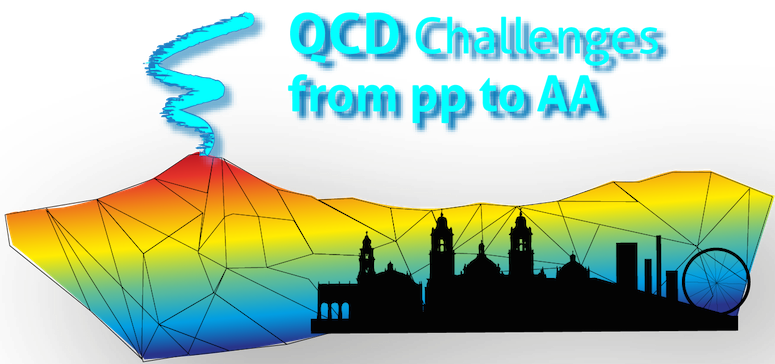Speaker
Description
We compute the vacuum one-loop quark-gluon vertex correction at zero
temperature in the presence of a magnetic field. From the vertex function
we extract the effective quark-gluon coupling and show that it grows with
increasing magnetic field strength. The effect is due to a subtle
competition between the color charge associated to gluons and the color
charge associated to quarks, the former being larger than the latter. In
contrast, at high temperature the effective thermo-magnetic coupling
results exclusively from the contribution of the color charge associated
to quarks. This produces a decrease of the coupling with increasing field
strength. We interpret the results in terms of a geometrical effect
whereby the magnetic field induces, on average, a closer distance between
the (electrically charged) quarks and antiquarks. At high temperature,
since the effective coupling is proportional only to the color charge
associated to quarks, such proximity with increasing field strength makes
the effective coupling decrease due to asymptotic freedom. In turn, this
leads to a decreasing quark condensate. In contrast, at zero temperature
both the effective strong coupling and the quark condensate increase with
increasing magnetic field. This is due to the color charge associated to
gluons dominating over that associated to quarks, with both having the
opposite sign. Thus, the gluons induce a kind of screening of the quark
color charge, in spite of the quark-antiquark proximity. The implications
of these results for the inverse magnetic catalysis phenomenon are
discussed.
